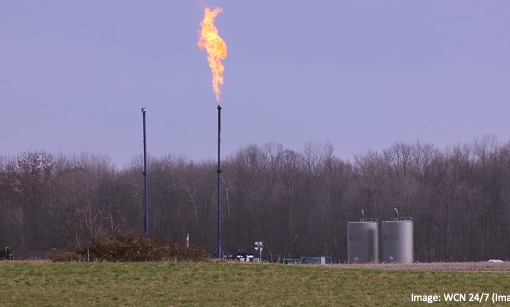Are you ready to fight cancer-causing ethylene oxide? The time is now! Sign ANHE’s Petition!
As a nurse/health care provider, I am asking EPA to swiftly adopt the proposed standards to strengthen the Clean Air Act standards for ethylene oxide (EtO) emitted into the air from commercial sterilization facilities.
In 2022, after assessing risks to communities near commercial sterilizers, EPA found an elevated cancer risk in 23 communities due to EtO emissions. The concept of “acceptable risk” must be questioned when people’s lives are at stake. Acceptable risk must also be questioned when nearly 14 million people live within five miles of the 96 sterilization facilities in the United States. And most are people of color, people with low incomes, and/or people with limited English language proficiency.
EPA’s assessments of EtO from commercial sterilizers do not consider exposure to other chemicals or pollutants that may be in a community. There are 12 communities in the U.S. that are in “sterilizer hotspots” meaning they may be exposed to EtO from more than one sterilizer. EPA’s decision to consider requiring facilities to reduce EtO emissions comes after decades of communities and workers shouldering the burden of harmful exposure. Community members and workers should not have to carry the burden of ensuring that facilities control cancer-causing air emissions.
EPA reports that the Clean Air Act lists EtO as a hazardous air pollutant, therefore, the very product used to sterilize critical medical equipment also poses a danger to people who live, work, or attend school near these facilities. Acute inhalation of EtO can also contribute to respiratory issues, headaches, nausea, vomiting, and fatigue. Chronic exposure through inhaling EtO is associated with the development of cancers of white blood cells, such as non-Hodgkin’s lymphoma, as well as breast cancer in women. Children are particularly vulnerable and they are susceptible to DNA mutations caused by EtO exposure.
I am encouraging EPA to:
- Strengthen EtO emissions standards for commercial sterilizers and continue relying on the 2016 IRIS risk assessment, the best available science.
- Consider cumulative impacts of other EtO and other hazardous air pollutant emissions when assessing risk.
- Expand coverage of the rule to include off-site warehouses, where newly sterilized equipment is often stored and continues to off-gas EtO. Off-site warehouses must be required to control and monitor emissions.
- Require all commercial sterilizers to demonstrate compliance through continuous emission monitoring systems and require all commercial sterilizers to install fenceline monitors. Fenceline monitoring is necessary to understand ambient EtO concentrations that communities may be exposed to.
- Require all facilities to obtain a Title V permit and remove the startup, shutdown, and malfunction reporting loophole.
- Communicate risks to communities affected by EtO emissions, particularly to Spanish-speaking communities that are disproportionately impacted, and work to alleviate harms to fenceline and overburdened communities.
- Require facilities to comply with the rule sooner than the proposed 18 month timeframe.
- Work toward phasing out the use of EtO in sterilization as much as safely possible. Less toxic alternatives are available.
I urge EPA to strengthen and adopt these proposed standards to protect the health and safety of patients, communities and workers. Thank you for the opportunity to provide comments on this proposal.




